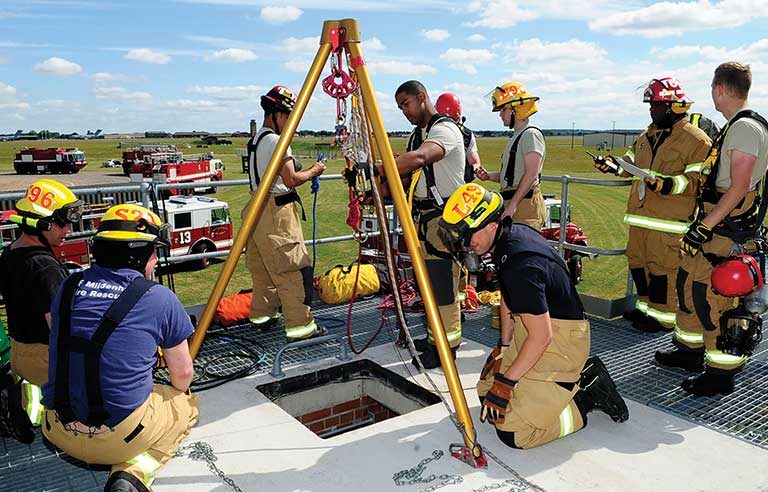OSHA Confined Space Training: Requirements And Responsibilities
As defined by OSHA, confined spaces refer to a limited or restricted space for entry and exit. Additionally, such restricted spaces are not meant for constant possession. There is a considerable percentage of workers who have to carry out their daily tasks in confined spaces like tunnels, pipelines, tanks, manholes, and others. Working out in such spaces without OSHA confined space entry training is illegal. Moreover, without training, the outcome can be severe injuries and even death. Employers need to ensure that their employees have proper certifications and permits for working in such confined areas.
Types of confined space training
The question that arises is the type and frequency of training that is required. Categorizing the confined space training into two parts can best determine the solution.
- Regulatory-mandated-based confined space training
- Employer-based confined space training
The employer-based confined training is vital as employers have to ensure that space training complies with state, local, and Federal regulations and policies.
Responsibilities of employers
When an employer realizes that permits and certifications are required to enter and exit confined spaces on the job site, they must provide employees with relevant space training. According to OSHA, an employer is obligated to offer training to his/her employees whose work associates with confined space entry and exit. The training must be delivered so that employees understand and build the necessary skills for the safe execution of their tasks and duties. One of the highlighting aspects of OSHA confined space entry training is that they are simple and easy to abide by.
After specific, confined spaces are identified, a well-organized confined space training program must be administered to the required employees. An employer has the authority to restrict confined space access. But it is still his/her responsibility to inform the employees about all the dangers associated with the space. This is important so that employees don’t wander around in such restricted spaces accidentally. Signs, tapes, memos, etc., can be used as a precaution.
Requirements for relevant workers
Employees who have the responsibility to deliver their tasks in confined spaces are referred to as entrants, and they must be trained to perform the following tasks while trained for the same.
- Easily identifying dangers and hazards in and around the confined space
- Notify and alert others about the dangers and warning signs
- During emergencies, he/she must carry out self-rescue methods
- Constant communication with others (attendants) outside the designated confined space
- Make use of the right PPE (Personal Protective Equipment) kits
The individuals (attendants) assisting the entrants and located outside the confined space are also required to be trained in the following:
- Monitoring work conditions
- Understanding dangers
- Allowing only qualified entrants in the confined spaces
- Maintaining communication with entrants constantly
- Monitoring the number of entrants inside the space
- Discussing resources with entrants
Conclusion
From the above discussion, it is clear that OSHA confined space entry training is a vital component for any business that deals with a limited hazardous work environment. Employers need to make sure that designated employees associated with confined space work have the required training certificates and permits.
















